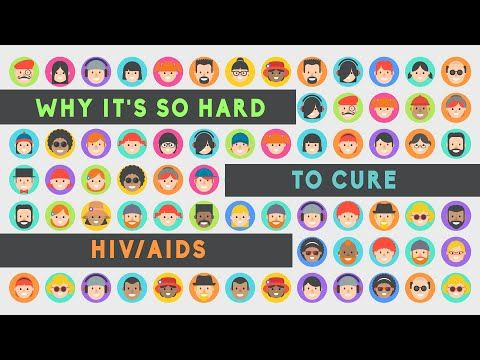Finding A Cure For HIV: We Know It Exists, But Where?

A recent TED Ed lesson presented an easy-to-understand answer to a complex subject: Why it is so hard to cure HIV and AIDS? However, to comprehend the reasoning, you must first familiarize yourself with how HIV works.
HIV is a retrovirus, meaning that once it enters the body it infects T cells in the immune system and changes their genetic makeup, so that rather than protect the body as they are meant to, they now create more HIV. This eventually kills the body's T cells in the process.
As explained by TED Ed narrator, Dr. Janet Iwasa, a researcher at the University of Utah, once a patient’s T cell count drops to a certain number, he is considered as having AIDS. At this point, his immune system is no longer able to protect him against otherwise harmless infections and viruses.
Antiretrovirals are given to HIV patients to help them live longer, but the patient still remains HIV-positive. This is because eliminating the virus completely is something scientists have not figured out how to do yet.
Iwasa goes on to explain how HIV hides inside the DNA of healthy T cells, a place where current medicine is unable to reach it. While most T cells die shortly after becoming infected, a small portion of T cells containing the instructions for creating the virus remain dormant. This means that even if the virus is completely eliminated from the body, at any given point the instructions for creating the viruses could activate and start the process all over again.
Although finding a cure for HIV is extremely difficult, researchers are convinced that it’s not impossible. This is because it’s already been done before in 2008 on “The Berlin Patient,” Timothy Brown. To date, he remains the only person to ever have been cured of the virus, and although doctors are not sure what happened in his case, his recovery gives hope that a cure exists, we just need to find it.
Published by Medicaldaily.com



























